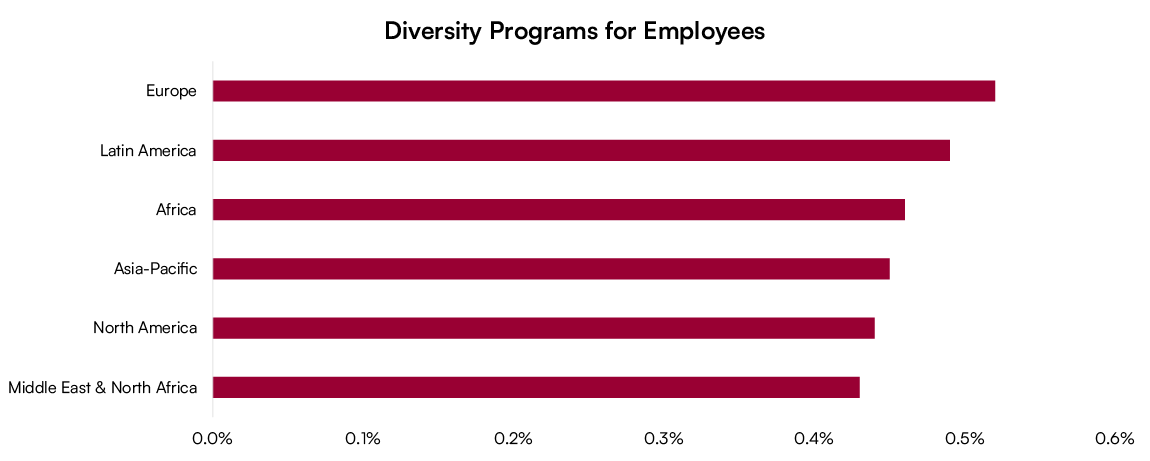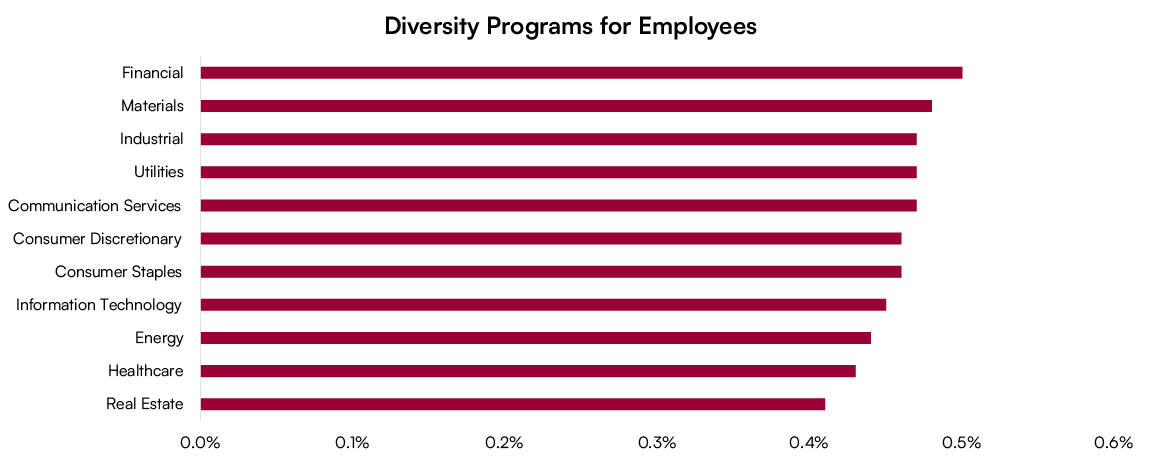Diversity, Equity, and Inclusion (DEI) programs are increasingly being questioned in the U.S., with critics highlighting their perceived ineffectiveness and difficulties in measuring tangible outcomes. While some evidence points to positive outcomes in areas like employee engagement and innovation, other findings suggest limited long-term effectiveness. Some argue that diversity should be fostered through broader organizational practices rather than formal programs—achieved implicitly, without the need for structured interventions.
On the other side of the debate, proponents of DEI emphasize their transformative role in opening doors for historically underrepresented groups. They argue that systemic change takes time—perhaps a generation—to materialize, and that dismantling these programs prematurely may halt progress. Moreover, not having a DEI framework can expose companies to risks, such as non-compliance with emerging regulations aimed at protecting minority and vulnerable populations.
From a communications standpoint, the decision between actively promoting or downplaying DEI efforts remains inconclusive. Some organizations prefer to continue their efforts quietly, while others choose to make DEI a cornerstone of their corporate identity.
Amid this shifting landscape, companies face a pivotal question—should they maintain, reform, or discontinue DEI programs? This debate echoes broader corporate dilemmas—should firms prioritize maximizing shareholder value, or embrace a stakeholder-centric approach that emphasizes social impact?—or are these priorities inherently interlinked?
Read more: ESG Insights for Private Equity & Debt
The academic literature on DEI initiatives presents mixed findings. While many companies adopt these programs to foster inclusive workplaces, current evidence on their direct impact on corporate performance remains limited. So, what should guide decision-making? Some of the important considerations are as follows:
- Regulatory Compliance: Above all, companies must adhere to legal standards that protect minority and marginalized groups. Failing to comply with such regulations could lead to reputational and financial penalties.
- Contextual Relevance: Firms should consider their industry norms, geographic locations, and cultural environments. What works in one region may not be effective—or even welcome—in another.
- Stakeholder Engagement: Open dialogue with shareholders and stakeholders is essential. DEI strategies should be accompanied by transparent assessments of their costs, benefits, and indirect returns, including community goodwill and talent retention.
- Alternative Approaches : DEI programs are just one avenue for fostering inclusion. Companies can—and should—explore other measures that promote diversity, even if they’re not branded under the DEI label.
U.S. vs. Europe: Diverging Paths
Historically, European companies have been more proactive in embracing sustainability and social responsibility than their U.S. counterparts. Environmental, Social, and Governance (ESG) factors are closely scrutinized by European investors and can serve as key differentiators for consumer and capital markets.
The decision to maintain or restructure DEI programs is particularly nuanced for U.S. multinationals with European subsidiaries. While corporate trends in the U.S. are shifting away from formal DEI frameworks, European markets present a contrasting picture—emphasizing a sustained commitment to diversity outcomes and accountability.
Figure 1 presents the diversity program scores for employees across different regions. The scores range from 0 to 1, with higher values indicating more comprehensive and effective diversity programs. It evaluates whether companies have diversity initiatives in place and whether these programs have been implemented company-wide or limited to certain units, while also considering the specific features of these programs—such as flexible working hours, support for disabled employees, gender inclusion, parental leaves, and minority representation. The scores also consider whether the organization has set measurable diversity targets.
The comparison between Europe and North America reveals notable differences—Europe leads with a score of 0.53, while North America trails behind at 0.45.
Fig. 1 Employee Diversity Program Scores, by Region

Diversity Program Scores Across Sectors
Figure 2 presents the diversity program scores across various sectors. While the differences are not particularly pronounced, the Financial sector appears to lead in diversity efforts, with the Real Estate sector scoring the lowest.
Fig. 2 Employee Diversity Program Scores, by Sector

Source: Inrate
Takeaways for Market Participants
Market participants, including investors and corporate managers, must evaluate all financial and non-financial information in order to make informed decisions. Therefore, it is essential to gather comprehensive metrics and indicators related to diversity, and conduct data-driven analyses to draw valuable insights. By doing so, managers can monitor their progress over time, benchmark their performance against peer groups, and assess the impact of diversity initiatives on their investments and organizations.
Contributor

Aymen Karoui
Head of Methodology

